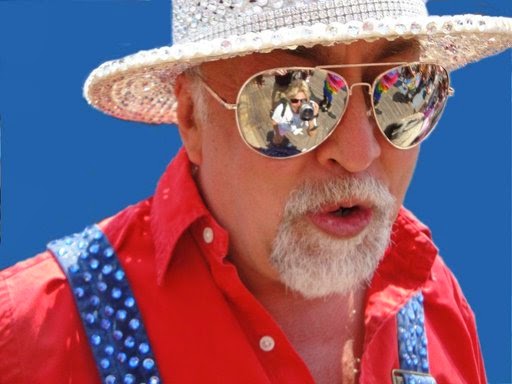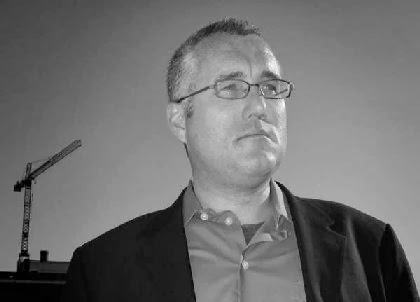 |
| Bubble butt! How to face the enema |
Gay guys have been “manscaping” this since video revolutionized porn. But
only after straight men got into the act (thanks to women demanding their
boyfriends look more like Jeff Stryker than John Holmes) did some heterosexual
editor or pundit sit down and invent a new word for it.
How do I know it was a straight person?
Well, frankly, fags don’t invent words like "manscaping." We
invent terms like "Betty Bouffant" (someone with big hair), scare-do
(a hairstyle that frightens children and the elderly), and Scare-ella (an
unattractive person).
But I digress.
"Your people really don’t like body hair," my father cracked when
he attended his first follicle-free Gay Pride parade many years ago.
(And when all he saw were twinkies and steroid queens guzzling from Naya
bottles, he quipped, "Doesn’t anyone drink beer anymore?")
While body hair, thankfully, has made a comeback, on the eve of this
summer’s Pride season I do believe one should not parade around town half-mowed.
If you’re going to wax, scrub and pluck your way into some studmuffin’s bed,
make sure he doesn’t get razor burn while giving you a blowjob.
I clip my chest and groin, and I wax my back, especially if I’m going to the
pool. Last week at my Kuwaiti waxist, I was not surprised to learn that her
number of male clients getting wax jobs is on the rise.
I even referred a straight friend (Hi Max!) to her after he e-mailed me.
"Hey Bugs – not to stereotype or anything, but… I need to get waxed for
the beach (going on vacation on Sunday). Any place you can recommend that, um,
services guys?"
Actually, speaking of male hygiene, with the amount of barebacking going on at
the tubs and via online connections these days, if you’re stupid enough not to
use a condom, there’s more than just AIDS to worry about. If your partner is
bottoming out and hasn’t douched, you may get "painted brown", and
that’s just plain disgusting.
"I’ve been there. You’ve been there. We’ve all been there (either as a
top or a bottom)," porn star Michael Lucas wrote on his
www.lucasblog.com website.
"All of a sudden, what was a hot fuck turns into a smelly embarrassment.
Your nose starts to wrinkle and it hits you – first the smell, then the utter
humiliation."
Lucas continues, "You know that pulling out now could be disastrous.
What do you do? …Do you say something? Or do you continue to fuck, ignoring the
big brown elephant that’s just squatted in the middle of the room?"





















